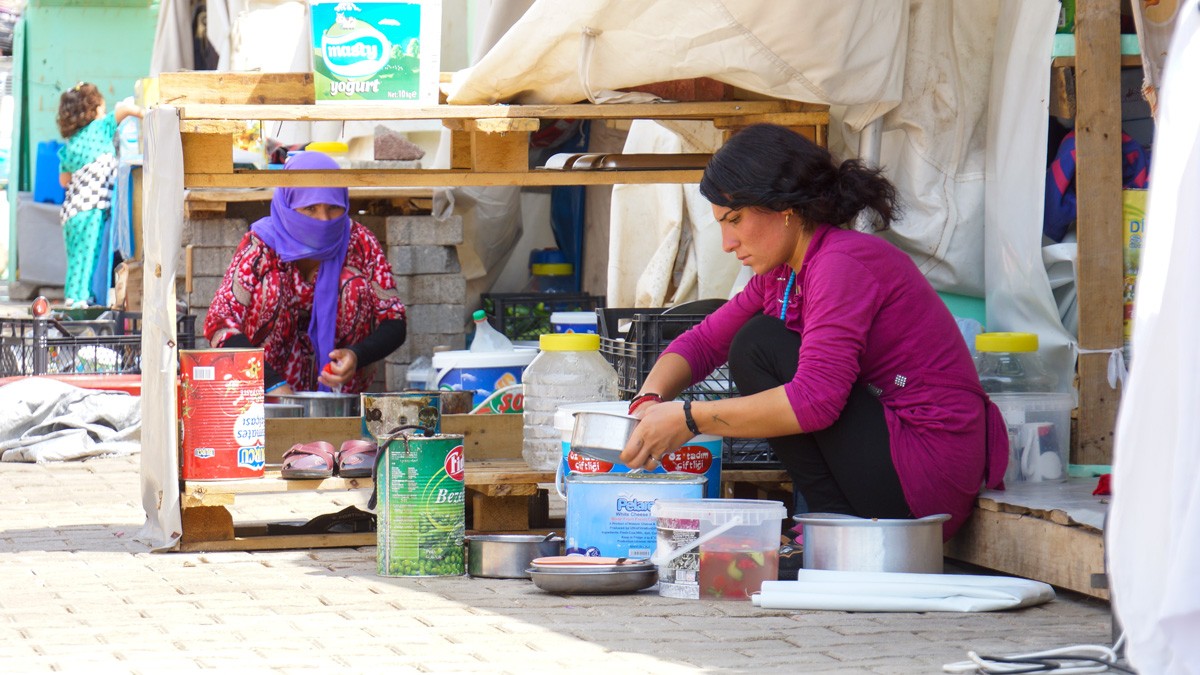Refugee Youth Camp
Aug 25, 2023
- Tom Albinson

It has been a tumultuous year. The number of people forcibly displaced by human causes (violence, war, persecution, and gross violations of human rights) hit a record high in June – 110 million. UNHCR expects there will be 118m by the end of the year. Meanwhile, the Ukraine conflict has depleted the source of available grain, thereby inflating the cost of what is available. The WFP has not got enough funding to cope with the high prices and growing need. Painful reductions in rations for refugees stuck in forgotten camps like Kakuma in remote northwestern Kenya has intensified the challenges of daily survival.
"Isolated, forgotten, and discarded"
Back in 2009, when IAFR was established, Kakuma had a population of around 180,000 and it was already taxing the arid region’s ability to cope. The camp population now stands at over 255,000 people – mostly women and children. It is difficult to imagine a location more likely to make people feel isolated, forgotten, and discarded from the rest of humanity.

"One of the best youth camps ever."
It was in this place that our local Kakuma partner, United Refugee and Host Churches (URHC) held their annual refugee youth camp this week, sponsored by IAFR financial partners. From all accounts, this was one of the best camps ever.
165 youth, 8 nationalities, 70+ churches
Here are a couple of highlights from this year’s refugee youth camp report from our local ministry partner in Kakuma (United Refugee and Host Churches – URHC):
We had a good turnout of 160-165 boys and girls from different nationalities. The youth were from Kenya, Sudan, Ethiopia, South Sudan, DR Congo, Burundi, Rwanda, and Uganda. Eight different nationalities participated in the youth camp. They represented at least 70 churches in Kakuma, both from within the refugee camp and the local host community.

Breaking barriers
The main purpose of our work is to break barriers among the youth by bringing them together as one family of Christ and teaching them. Interaction among boys and girls from different nationalities and diverse denominational backgrounds is our main areas of emphasis.
We brought in professionals working in the field of law and drug abuse to speak to the youth. They were glad we invited these people.
Now what?
We are now working with camp participants to create youth groups in different zones in the camp that will organize activities, games, and seminars throughout the year.
The UN has identified youth as one of the least served demographics in refugee communities. We count it a blessing to partner directly with refugee churches in Kakuma to help them invest in young people growing up in such difficult circumstances.
Other Featured Posts









